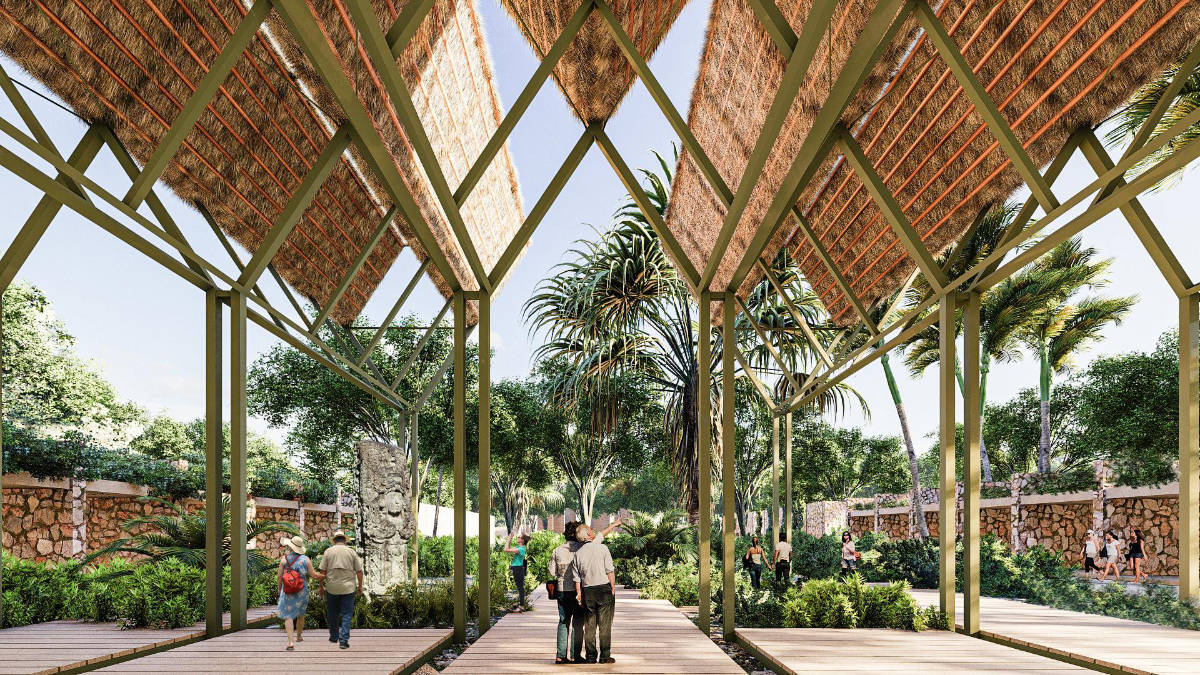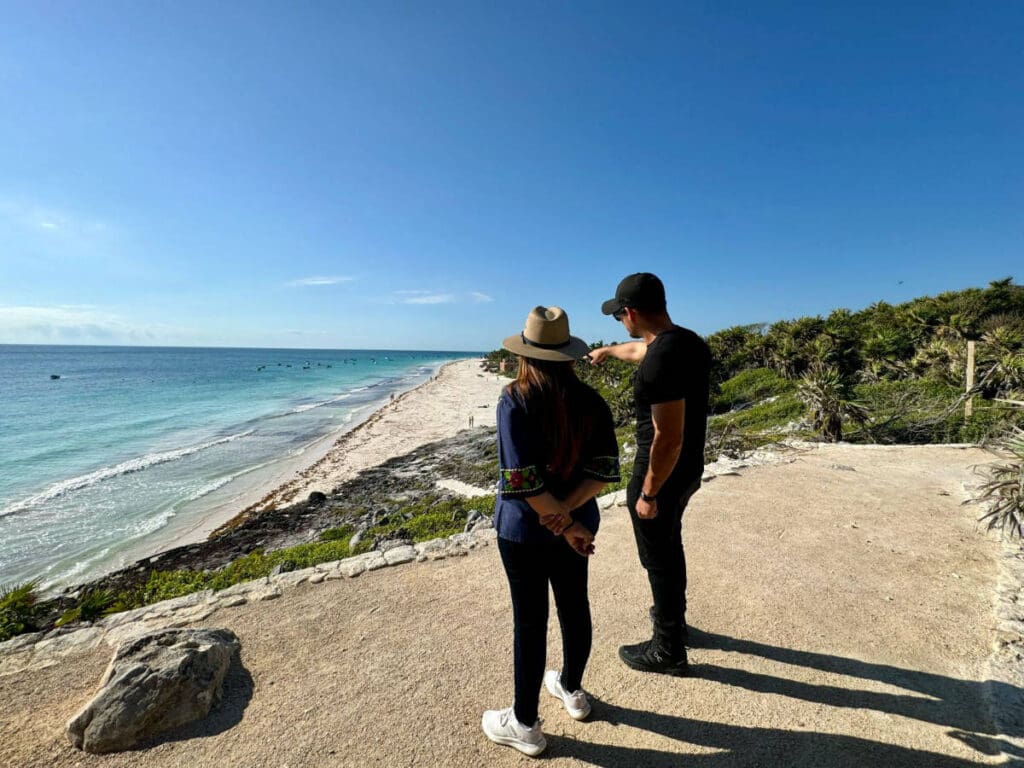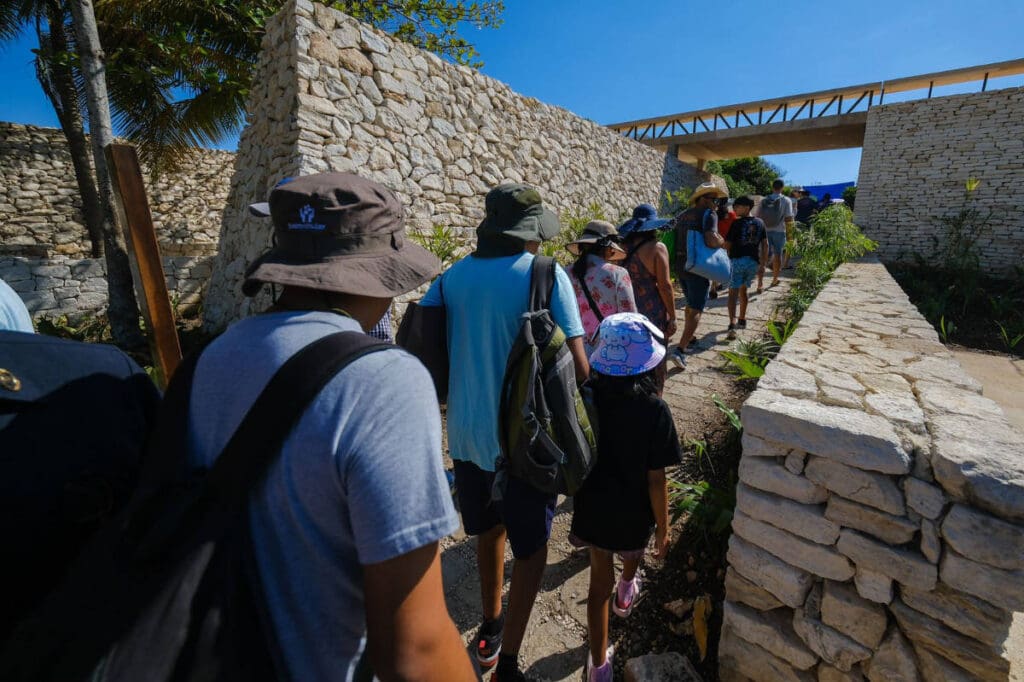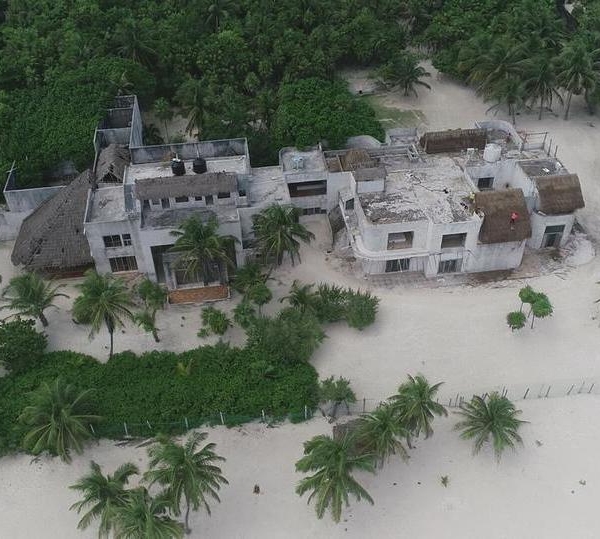
Jaguar Park Unveiled: Tulum’s Oasis of Nature, Culture, and Prosperity
As the Jaguar Park project in Tulum nears its grand completion, expected in April this year, the collaboration between Mara Lezama Espinosa, Governor of Quintana Roo, and Román Meyer Falcón, Secretary of Agrarian, Land, and Urban Development (SEDATU), marks a pivotal moment in the region’s development. This initiative, highlighted by both officials during their recent site visit, is a cornerstone of President Andrés Manuel López Obrador’s federal government efforts to foster growth and shared prosperity in Quintana Roo.
With an investment of 2.4 billion pesos, the Jaguar Park is ambitiously designed to protect the archaeological site and a vast conservation area exceeding a thousand hectares. The project aims to enhance the experience for locals, visitors, and tourists by adding about two kilometers of new trails that reveal Mayan ruins, linking the Jaguar Park directly with the Maya Train, and providing new beach accesses, a lighthouse restoration, a Mayan culture museum, a birdwatching tower, a traditional kitchen offering local cuisine, a two-kilometer bike path, and parking facilities.
Discover the Jaguar Park, A Refreshing Visitor Experience
This blend of ecological, environmental, and archaeological-cultural preservation offers a novel visitor experience, emphasizing the spectacular views accessible via the newly constructed trails. The project, led by SEDATU, endeavors to protect the natural and cultural riches at the heart of the state, reflecting a concerted effort to curb unchecked urban growth in central Quintana Roo, particularly around Tulum.
Since January 2022, SEDATU has spearheaded the Urban Improvement Program’s initial works in Jaguar Park, allocating a federal investment of 2.4 billion pesos. This includes restoring the archaeological zone and constructing infrastructure to improve visitor access across the park, alongside efforts to conserve the local flora and fauna.

The Jaguar Park stands as a beacon against the encroaching urban expansion, with SEDATU and the Ministry of Environment and Natural Resources (SEMARNAT) working together to transform the park into a model of environmental stewardship and an international benchmark for ecological heritage conservation.
During a weekend tour, Meyer and Governor Lezama inspected the progress, noting significant developments in the archaeological area. The park is poised to become a cultural and environmental preservation zone, expanding the Tulum Archaeological Zone with two kilometers of trails that offer enhanced views and exploration opportunities.
The project’s progress is evident with the completion of the two-kilometer bike path, perimeter fencing, and two service access points, which have recently been opened to the public. These new accesses include office areas for the National Institute of Anthropology and History (INAH) staff, marking a significant milestone in the park’s development.
The anticipated opening of Jaguar Park in April will allow visitors to immerse themselves in Tulum’s park’s diverse attractions and natural landscapes. While some construction works are underway, including trails connecting the Maya Train station to the archaeological zone and access from Federal Highway 203, the project’s conclusion is within sight.
Meyer also highlighted the integration of productive activities like beekeeping into the park’s development, aiming to preserve the ecosystem and promote the conservation of endemic species, such as the jaguar, to ensure their protection and reproduction. This comprehensive approach aims to enhance Tulum’s attractiveness as a destination and reinforces the commitment to environmental and cultural preservation, promising a brighter future for Quintana Roo and its inhabitants.

Advantages for the Area’s Inhabitants
The anticipated opening of Jaguar Park in April promises a brighter future for Quintana Roo and its inhabitants. With enhanced infrastructure, cultural attractions, and environmental stewardship, the park stands as a beacon against encroaching urban expansion, offering locals unprecedented access to ecological, archaeological, and cultural riches. This comprehensive approach not only ensures the protection of endemic species but also enhances Tulum’s attractiveness as a destination, fostering growth and shared prosperity in the region.



